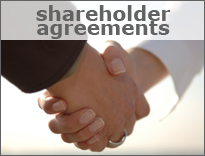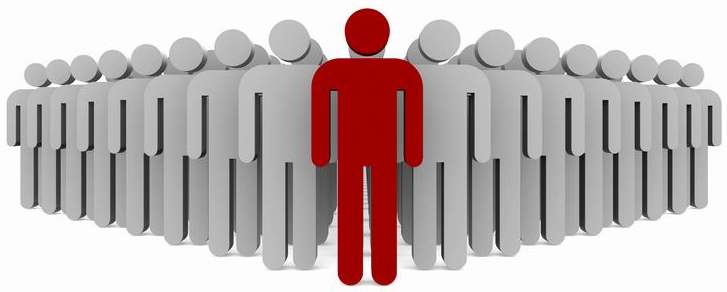In a family enterprise, there can be many levels of governance = systems and procedures for decision making. In the strict legal sense, those who hold the votes, can elect the board of directors and thereby control the enterprise.
Let’s summarize about the best practices for “chain of command” in an enteprise. This can help to clarify the roles in an enterprise. From the operations level up, best practices can be summarized as follows:
– the CEO is hired and responds to the board of directors to help formulate and enact the strategy for the enterprise
– the Board is appointed by the shareholders and responds to the company
– the Board sets strategy for the enterprise
– shareholders’ role is to appoint the board
This last point is important. A shareholder who also is in management may inadvertently cross governance lines in the enterprise. It is common where decisions on strategy can be undermined or detoured by an overstepping shareholder-manager.
How to overcome potential issues and clarify roles:
– set governance rules for the enterprise
– ensure shareholders accept (not necessarily agree) on these rules
– communicate these rules as between shareholders, the Board and the CEO
– let the CEO do her/his job
As family enterprises become larger and more complex, continued vigilance to the governance structure becomes very important. Have you reviewed your enterprise’s governance lately?
Learn, think, apply!











Recent Comments